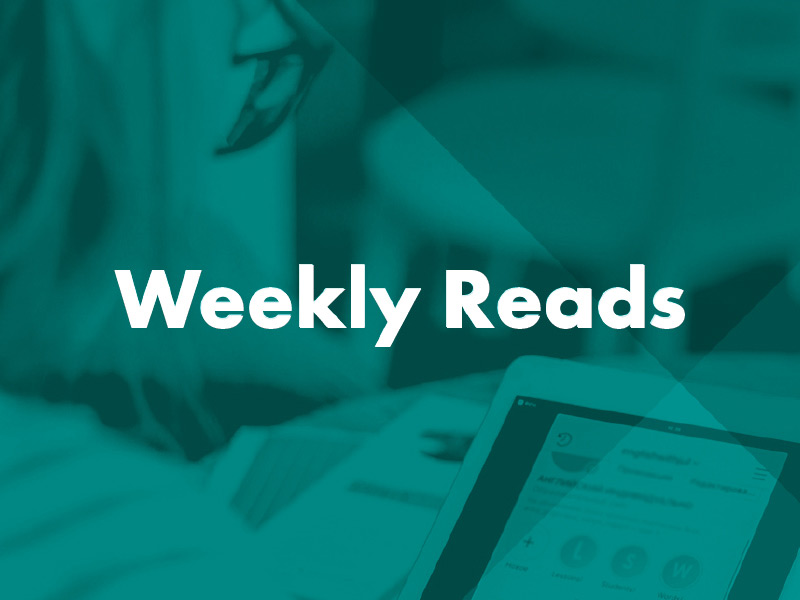Weekly Reads – September 18, 2019

A roundup of timely insight from the grantmaking community and beyond.
“Some definitions of [disaster] recovery talk about returning the community to the state it was in before the disaster. We believe the challenge with this type of definition is that, especially for vulnerable communities, the pre-existing disaster conditions may not have been good to begin with. So, the question should be, ‘Are we trying to build back to what was there before or are we trying to build back better?’” [more]
—Tanya Gulliver-Garcia, on Center for Disaster Recovery blog
“Native Americans would get five times more in philanthropic support if they received grants in proportion to their numbers.” [more]
—Steve Dunn, in Nonprofit Quarterly
“Foundations are granted tremendous autonomy in what and how they do their work and, beyond some very broad IRS regulations, are only accountable to their boards. As a consequence, I think that we owe the public great visibility into what we do and how we do it.” [more]
—Chris Langston, Archstone Foundation, on Glasspockets by Candid
“Given the increased scrutiny surrounding private philanthropy, the time is ripe to explore the social compact as applied to philanthropic institutions, and how those entities are interpreting shifting social norms and adjusting to new realities.” [more]
—Rockefeller Philanthropy Advisors
“[W]e are table-setting, we’re bringing actors together from disparate fields, from the edges of practice and at the neighborhood level, and saying, ‘How about it? What do you think you can create together?’” [more]
—Chera Reid of Kresge Foundation, on PND by Candid